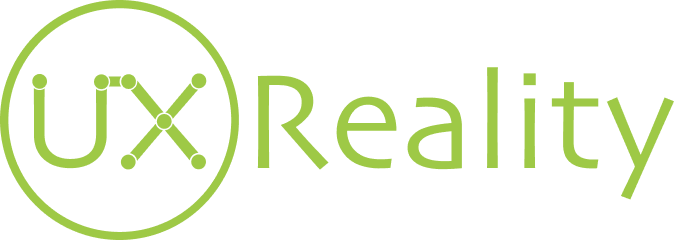Do you know that even small-scale businesses can afford biometric research today?
Yes, it's a great time for those who wish to develop their business. Even a small "neuromarketing laboratory" will be sufficient to start getting consumer insights hidden on the outskirts of unconsciousness. New technologies emerge, while hardware becomes more affordable or sometimes even pointless as more and more techs become browser-based. As a side point, CoolTool has recently introduced a neuromarketing tool (it’s a part of our NeuroLab) which doesn’t require any hardware or special research skills and knowledge. We named our new smart “baby” the Implicit Priming Test. Considering the craze it has already provoked among our customers, we can assume that such implicit tests as IAT, as well as our improved and more suitable for marketers and amateur researchers its modification - Implicit Priming Test, will also become a trend in neuromarketing research.
Neuromarketing tools, technologies, and approaches are becoming more and more affordable. And this tendency will continue this year. So, what will 2018 bring to researchers (and not only them)?

1. Emotional marketing
Brands will continue appealing to customers’ emotions. Methods will vary from emotional advertising to research-based marketing campaigns addressing unconscious reactions and the decision-making mechanisms of consumers. Neuromarketing services such as emotion measurement will experience a skyrocketing demand.
2. Comprehensive platforms
In 2018 companies will continue to drift towards comprehensive neuromarketing platforms which enable integrated research and detailed data analysis. Ordering different types of research from different service providers is expensive, often ineffective and always takes a lot of time. Companies will be looking for the platforms which allow them to get insights by applying several tools at once in order to cross-analyze eye tracking, emotion measurement, EEG data fast and easy.
3. Automated research
In 2018 the market will further migrate towards the automation of the market research. Companies are searching for solutions that will enable them to process bigger amounts of consumer-related data faster, which is crucial in the age of data-driven marketing. It will be possible to automate almost everything: from the methodologies and panels of respondents to the detailed reports and visualizations.
4. Clients will gain more control over the research process
The quality of data will be determinative factor for clients. Clients will acquire more control over the research process. This trend will push companies to make their research tools and approaches not only more comprehensive but flexible as well. The major competitive advantage will be with companies who are able to customize and adapt their research tools and methods to the needs of clients within a very short period of time. The ability to effectively manage swiftly shifting clients’ priorities will draw the “hard-to-cross” line between research market leaders and other players.
5. DIY solutions
Development of neuromarketing technologies and improved access to them leads to the appearance of DIY research solutions which will gain increasing popularity among start-ups and small companies. Furthermore, clients need not only access to biometric research tools but to relevant guidance on how to use them and how to interpret the results as well.
6. The decrease in neuromarketing research cost
On the one hand, research budgets are getting tighter, but on the other, due to the continuing development of technologies, prices for neuromarketing tools continue to dwindle. It will make the competition on the research market even fiercer as less technologically advanced companies will fail to stand against more tech-savvy businesses.
Additional forecast
The global Neuromarketing technology Market is expected to reach $100 million by 2023.

Source: Press Release MRFR, Neuromarketing Technology Market 2018 Overview, Segmentation, Application, Technology and Analysis Report Forecast to 2023
The majority of these trends were already tangible in 2017 and we expect them to further strengthen their dominance in the neuromarketing research industry in 2018. Thus, in case you are planning to improve your research business and provide your clients with more value or you are thinking of doing DIY research (great if it’s so!) take these trends into account and adjust your development strategy accordingly.
Read also
Emotional Marketing: How Smiling Faces Boost Your Conversions
Neuromarketing Studies: 3 Newest Examples That Marketers Can't Afford to Miss
8 Things to Know about Biometrics Impact on Marketing



